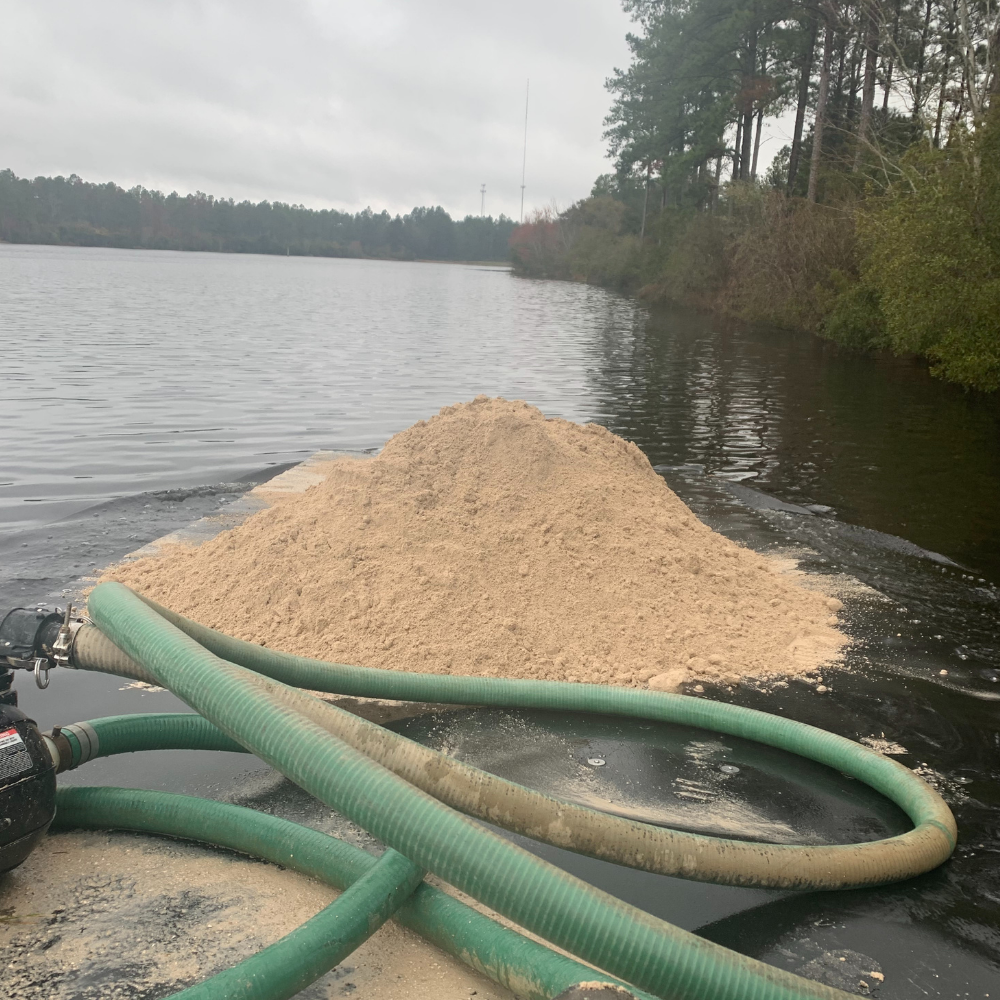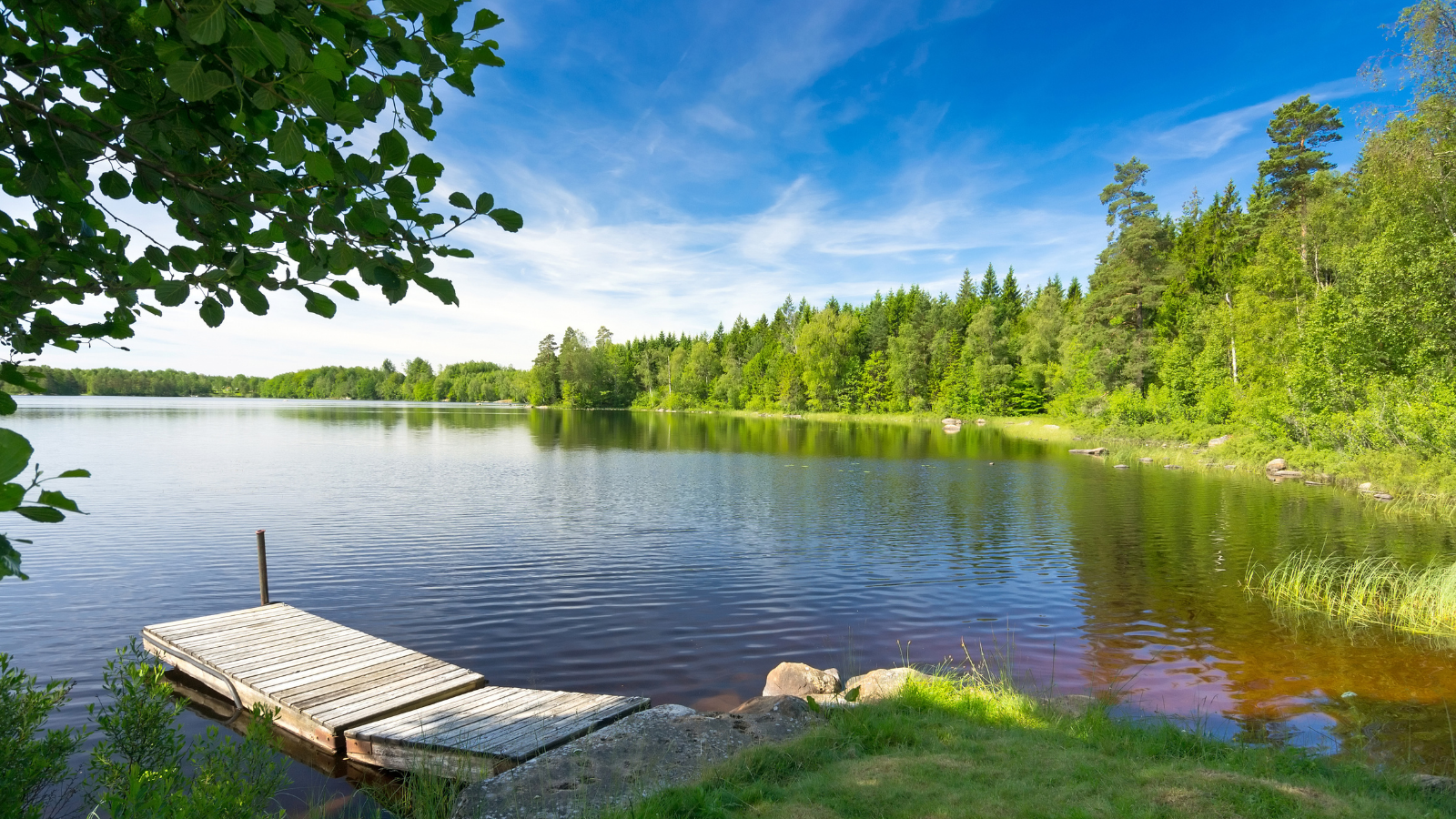Pond Fertilization and Water Quality
Pond fertilization and water quality is a key component to any pond management program. Having the proper water pH and adequate nutrients not only benefits the fish populations in the pond, but it can also improve the pond’s ability to prevent invasive weed populations from spreading.
Our team of biologists will sample your pond water and provide recommendations to improve the water quality. These recommendations may include adding lime to improve alkalinity and prevent drastic pH swings. We may also suggest pond fertilization to improve the phytoplankton populations. The benefits of both strategies are discussed below.

The Benefits of Liming
Pond water will experience natural pH swings during a 24 hour period. This is due to changes in light intensity and the rates of photosynthesis and respiration by phytoplankton in the water. Phytoplankton uptake CO2 from the water during photosynthesis, and release CO2 into the water during respiration.
When light is intense, photosynthesis rates are higher. This lowers CO2 levels and raises the pH. When light is reduced, respiration rates are higher. This raises CO2 levels and lowers the pH.
While these daily pH swings are natural, the severity of the swings can have lethal impacts on the fish populations in a pond. If the alkalinity of the water is adjusted correctly with lime, these pH swings will be minimal. As a result, fish populations won’t become stressed and possibly die as light changes throughout the day. Liming also makes a pond more responsive to fertilizer applications (see below).
We use a floating barge and water pump to evenly apply lime to the pond surface, ensuring the entire pond is treated. Depending on the pond, subsequent applications may be needed in future years to ensure the alkalinity remains at acceptable levels.
The Benefits of Pond Fertilization
Phytoplankton are photosynthetic plankton that feed on dissolved nutrients in the water, mainly nitrogen, phosphorous, and potassium. These aquatic invertebrates are at the bottom of the pond food chain. They are consumed by zooplankton and insects, which are subsequently prey for panfish like Bluegill, Redear Sunfish, and more. If water nutrient levels are low, phytoplankton will not be abundant. This will have a downstream impact on the sunfish populations as they will have less to eat. It will also indirectly impact the larger predators of the pond (largemouth bass) as their prey (sunfish) will not be as healthy.
Phytoplankton are also important for managing invasive or unwanted aquatic vegetation. When phytoplankton populations are abundant, they provide a dense cover on the pond surface. This shades the aquatic vegetation below and prevents or reduces its growth. Having abundant water nutrients and subsequently abundant phytoplankton populations can keep sub-surface weeds like coontail moss or bladderwort from thriving in a pond and becoming a problem.
The fertility of a pond will vary depending on the soil type and the proximity to farm land where fertilizers are applied. Some ponds will have adequate nutrients in the soil, but the nutrients are bound to the soil and not available to organisms in the water. Adding lime to a pond helps to release these nutrients from the soil, making them available to the phytoplankton populations in the pond water.
Ponds used for farm irrigation typically have abundant nutrient concentrations due to water runoff in periods of heavy precipitation. If a pond is not surrounded by agricultural fields, it likely will need some level of fertilization to ensure the proper nutrient levels are present. If pond fertilization is recommended, we’ll often apply lime before fertilizing as the lime makes the pond more response to any subsequent pond fertilization.

